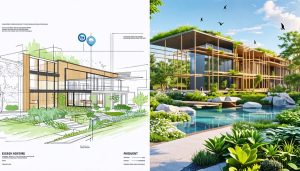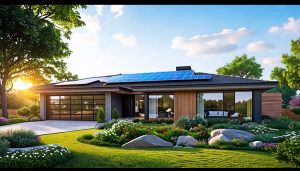
Sustainable Construction: Pioneering a Greener Future for the Built Environment
Embrace sustainable construction principles to minimize environmental impact and maximize resource efficiency. Integrate green building materials, such as recycled steel, bamboo, and low-VOC paints, to reduce the carbon footprint of your projects. Implement energy-efficient technologies, including solar panels, geothermal systems, and smart HVAC controls, to optimize operational sustainability. Achieve recognized certifications, such as LEED or BREEAM, to demonstrate your commitment to sustainable practices and gain a competitive edge in the market.
Key Principles of Sustainable Construction
…


